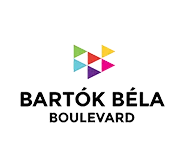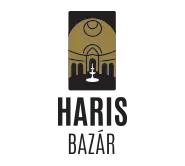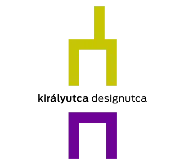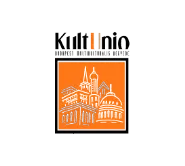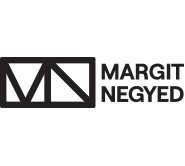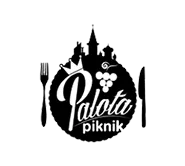SlowXmas in Budapest: a commitment to culture, arts and slowing down
The Story of SlowXmas
The idea behind SlowXmas began in 2017 as a collaboration between three streets: Art&Antique Street (Falk Miksa Street), Bartók Béla Boulevard (Bartók Béla Road), and Ráday Soho (Ráday Street). The primary goal was to slow people down during the holiday rush and offer them cultural experiences instead of stress. Over the years, the program series has grown, with more and more streets joining in.
By 2023, five streets participated in SlowXmas: Falk Art&Antique Street, Bartók Béla Boulevard, Ráday Soho, Fashion Street (Deák Ferenc Street), and the Margit Quarter.
The event series—then already a three-time recipient of the City Marketing Diamond Award—functioned much like an Advent calendar, offering daily concerts, exhibitions, theater performances, or workshops. The focus was on collaboration and mutual attention.
In 2023, programs ran from November 24 to December 24, inviting people to take part. Over the course of four weeks, visitors could choose from more than 770 programs at over 60 locations—that’s 20–30 programs per day. The offerings included exhibitions, charity events, workshops, urban walks, quiz nights, concerts, theater performances, wine tastings, guided tours, and combinations of all these. The idea of "slowing down together" reached more than 3 million people.
This achievement earned yet another City Marketing Diamond Award. In 2024, with four diamonds and eight participating streets, the organizing efforts have expanded, aiming to deliver even more experiences between November 25 and December 24, 2024. The participating areas are: Art&Antique Street, Bartók Béla Boulevard, Fashion Street, Margit Quarter, the Palace District, Ráday Soho, Tompa Street and Ferenc Square, as well as the Víziváros area in District I.

Why is SlowXmas important for the participants?
We first asked Dr. György Orbán from Ráday Soho, who has been involved from the beginning both with the street and the SlowXmas program:
"Ráday Street has participated in SlowXmas from the start. It’s important because, amid unstable circumstances, its continuity provides a reliable point of reference.
It’s easy to see that not only individual businesses need visibility - entire streets also have a brand and are in a tough race. It’s easier to be a cool spot on a cool street!
From the beginning, thematic streets have had the opportunity to collaborate. Annual programs were always created through joint planning - and that’s how it happened this year too."
From Art&Antique Street, we spoke with Judit Tar and Ildikó Sajdik Moróné, who are also founding members of the Falk Art Forum art festival and long-time contributors to the SlowXmas program.
Judit Tar: “It all started in 2017, and we’ve been involved ever since. For us, it represents real collaboration, which initially involved just three streets.”
Ildikó Sajdik Moróné: “We had previously worked together as shopping and thematic streets to encourage people to visit smaller shops rather than just malls. The program series was a new form of cooperation supporting that goal.”
Judit Tar: “For us, it’s a great way to prepare for the season - because we start working together a month in advance, brainstorming as a team, inspiring each other to create more and better events in Budapest.”
Ildikó Sajdik Moróné: “The shops really embraced it - everyone is happy to prepare together for Christmas.”
Judit Tar: “It’s great that together we can add a new splash of color to the city. We appear in several parts of Budapest, but we are still united.”
Bartók Béla Boulevard, also a founding member of SlowXmas, was represented by Ildikó Tompa, assistant manager of the local association:
*"Bartók Béla Boulevard has been part of the SlowXmas movement from day one because we fully embraced its mission: slow people down and shift the focus away from consumerism and rushing. That’s very much in the spirit of Bartók Boulevard - with its shops, restaurants, cafés, galleries, and window displays welcoming visitors and walkers.
Thanks to the Advent calendar concept, a vibrant rhythm emerged between districts, streets, and events - something essential during Advent, when experiences, not stress, should take center stage."


